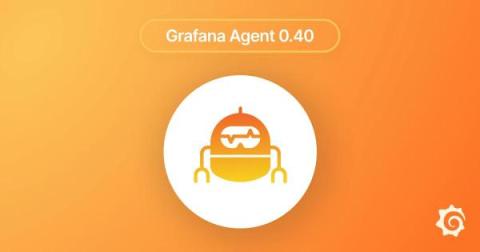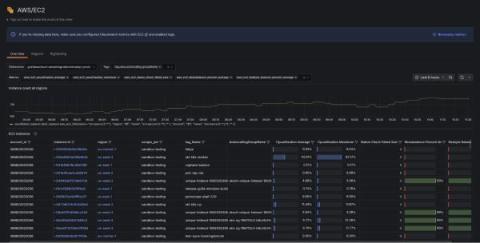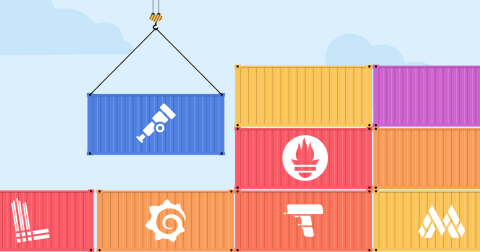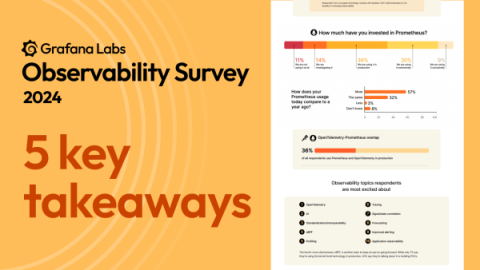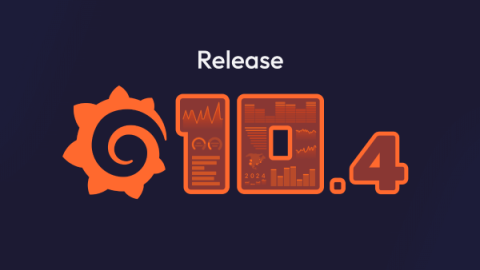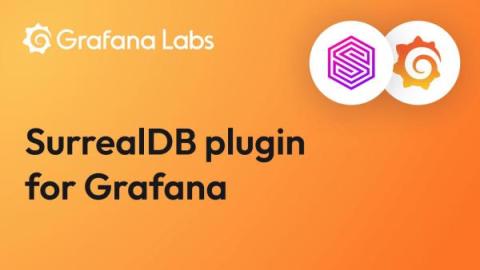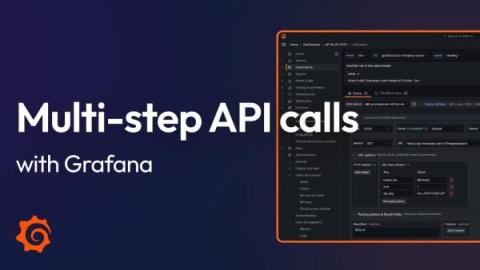Grafana Agent v0.40: custom components and modules for easier configuration
Grafana Agent v0.40 is now available. You can take a look at the changelog for the full list of changes as well as our upgrade guide for breaking changes, but we’ve compiled some of the highlights in the latest Agent release below.


